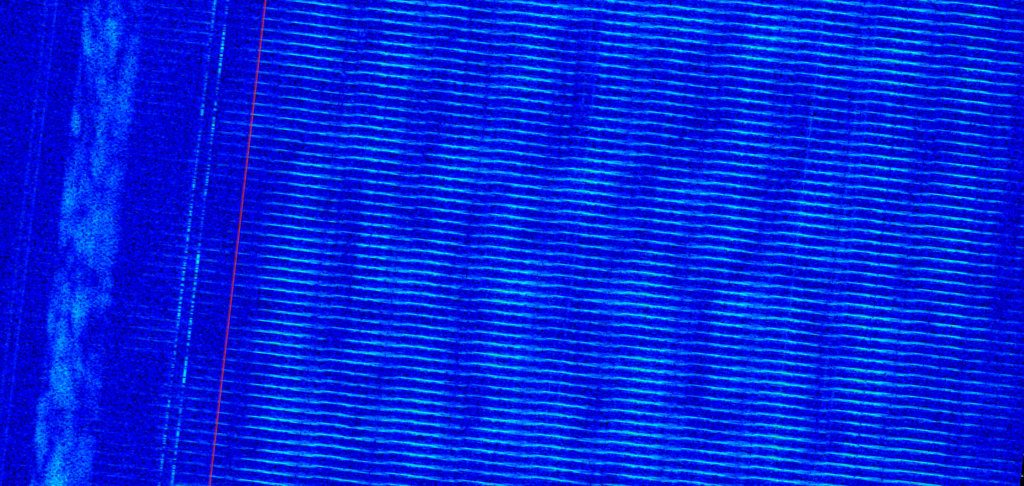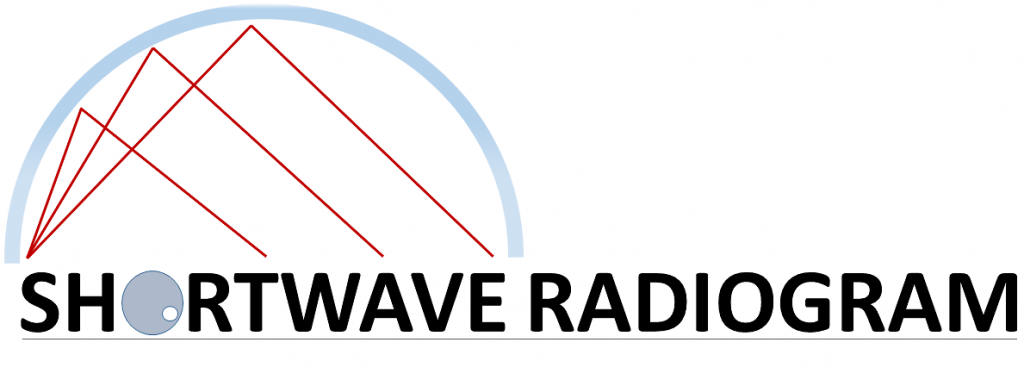
Many thanks to SWLing Post contributor, Mike Agner, who writes:
[S]ome 20 years ago, Mike Chace-Ortiz, Stan Skalsky, myself and a bunch of other folks put together a FAQ about digital modes on radio – specifically modes going from LW way up into the UHF spectrum- called the DigiFAQ 5.3. I was responsible for the HF Software section, and as you might know, back then it was all about the hardware. InfoTech was still around, and amateur digital modes using the PK232 were plentiful. There is a PDF-based copy on the UDXF website [click here to download].
Now jump ahead 20 years or so, and things have changed considerably. Hardware is no longer king, and soundcard-driven software has taken over the market. Even receivers have changed – the desktops of old (quite apart from the current batch of ham transceivers that have general coverage radios built in) have been pretty much supplanted by Software Defined Radios. Along with that, the digital modes themselves have changed drastically with some disappearing altogether, with new ones like ALE going to the head of the pack. Too, the original DigiFAQ combined many ham-related modes along with everything else.
[O]ur original work didn’t really address some of the basic questions newcomers to this side of the hobby might have, [s]o with Mike Chace-Ortiz’s help, I have been involved in rewriting and updating the FAQ. Its approach is different – we start from topics like discussing radios, SDRs, some of the terminology you will see on mailing lists like the UDXF and much more. Only after we cover all of this do we discuss decoders – and even here, this topic is broken down even further, to include those decoders that play nice with some SDRs, and some of the tools you can use to help analyze an unknown signal.
Then we go into the modes (most are HF related, but we do touch on one or two common LW modes). We identify those modes that are dead, and separate them from the rarely used/active ones. Where possible we also supply waterfalls for each.
We also have an extensive appendix with a whole bunch of links for additional reading.
Perhaps of greatest use to newcomers is a listing of known scheduled broadcasts, so they can test what they download without wandering all over the place, hoping to find a readable signal – and potentially getting turned off when the don’t find one. We have also recovered a few articles from the old WUN archives as well as from SPEEDX (Society to Preserve the Engrossing Enjoyment of DXing – folded a long time ago) on certain digital related topics, such as discussing how to read an AMVER transmission.
It should be noted that we also sent the amateur radio digital modes to their own page for a very simple reason – while these modes are well understood (and many have their own devoted page that cover their mode far better than we can), the single biggest reason was that these modes can NEVER be encrypted (at least in the US, and likely other countries as well). Sad to say, but there are many modes outside of the amateur bands that we will never be able to read, and some whose purpose is unclear. As of this writing, many UDXF members are noting signals thought to be Russian in origin, utilizing a variation of MFSK-16, a mode generally associated with amateur radio.
Is this document complete? Not even close. It’s designed to be something of an introduction, with enough detail to hopefully draw in both the newcomer and experienced. There are new modes being identified, new networks, and even new players being found all the time. There’s still more work to be done on this, and this is yet another change to the original DigiFAQ- it’s hosted on the RadioReference wiki, where any member (with a free ID) can edit and add to it.
The URL is: http://wiki.radioreference.com/index.php/HF_Digital_Decoding
Regards, Mike
Thank you for sharing this update, Mike!
I receive a lot of questions regarding digital modes even though it’s an area of the hobby where I’m quite weak. I’m pleased that you, Mike, Stan and your team are all working to keep a reference source up-to-date for folks exploring this dynamic part of the radio hobby.
Click here to visit DigiFAQ at RadioReference.com.


